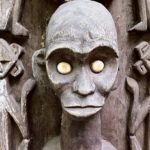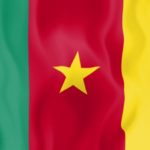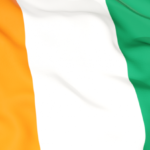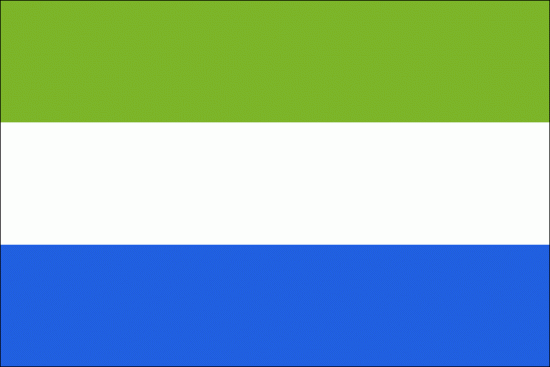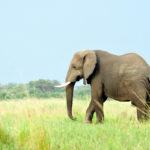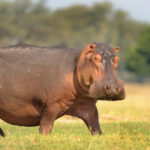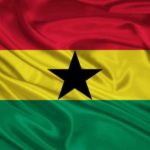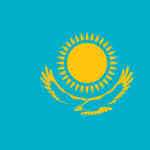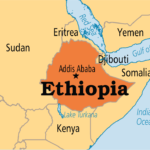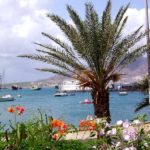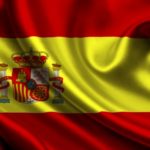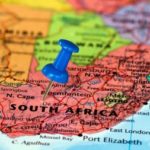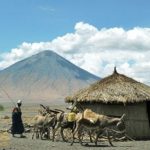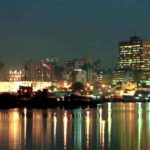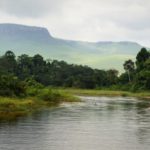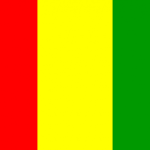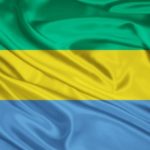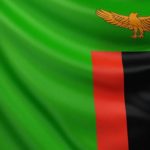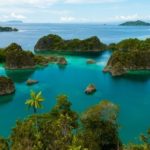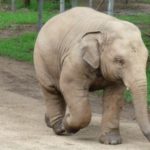Interesting facts about Benin
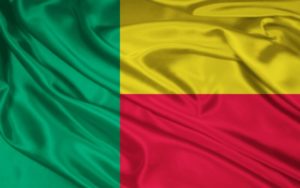 The Republic of Benin is another small country in West Africa. Once there lived tribes related to the Nigerians, and now here, among other peoples, their descendants live. The colonial era in Benin began in the 15th century, when the Portuguese came to these lands, but Benin has long been an independent state.
The Republic of Benin is another small country in West Africa. Once there lived tribes related to the Nigerians, and now here, among other peoples, their descendants live. The colonial era in Benin began in the 15th century, when the Portuguese came to these lands, but Benin has long been an independent state.
The word “Benin” is translated from the West African Yoruba language as “country of wars” or “country of quarrels”.
In the territory of modern Benin, primitive people lived during the Paleolithic and Neolithic periods.
The capital of Benin, Porto-Novo, is known and under two other names – Adjatche and Hogbonou, so sometimes it is called “City with three names”.
The president’s residences and government are not located in the capital, but in the largest city of the country – Cotonou.
The motto of Benin: “Brotherhood, justice, work.”
On the coast of Benin, there is a small town of Ouidah, which is considered the stronghold of the Voodoo religion. On its territory is located the “Holy Forest”, in which there are statues of spirits and gods of voodoo. And on January 10 in Benin celebrate a national holiday dedicated to this cult. There are many followers of voodoo here, as well as in Togo.
The peoples of central and northern Benin believe in the god of Earth, which helps them not to lose touch with the planet.
In the cafe of Benin, visitors are often given free mangoes and bananas.
Local residents do not drink coffee from cups – this drink is usually poured into bowls, mixed with condensed milk and dipped in bread.
The main national dish of the Benin people is a tasteless, viscous porridge made of yams called “fufu”.
Benin is one of the few African countries that fully provide their population with basic food.
Benin’s town of Ganve, where about 12 thousand people live, consists entirely of bamboo huts on stilts. This unusual settlement was built in the XVIII century to protect from the attack of the warriors of the kingdom of Dahomey and Fon, who for religious reasons could not enter the water.
In the town of Bokumba, every four years, they arrange a traditional Khlestay Festival, during which naked young residents of two neighboring villages whip each other.
Photographing most of Benin’s sights is strictly prohibited.
In the city of Abomey there is a complex of 12 palaces in which the rulers of the previously existing kingdom of Dahomey lived. Now in the palace interiors a museum is built, where, in particular, one can see the throne of King Gezo, standing on 4 skulls of his enemies.
The Pengjari National Park has a large population of cheetahs, which, however, is steadily declining because of the genetic defect that exists in animals.
In Benin, there are gas and oil fields, but they are not exploited.
In Benin there is an association of graduates from Soviet and Russian universities.
In June 2004, the Benin Parliament recognized monogamous marriages as legitimate as polygamous marriages.
